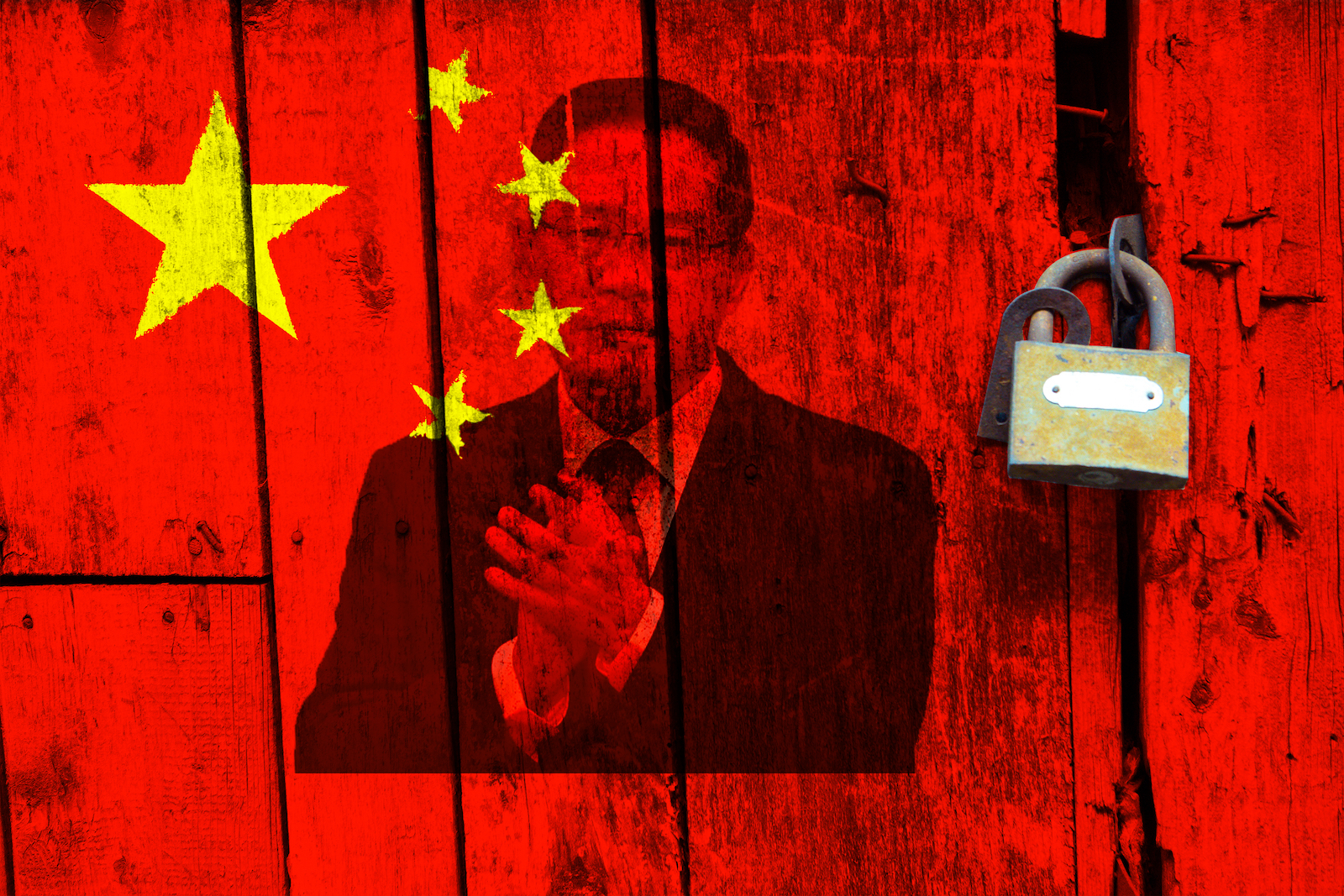
The Improbable Rise of Li Qiang
Not even a month following his re-election as China’s president for an unprecedented third term, Xi Jinping is facing the brunt of public anger that has not been witnessed in decades.
The Chinese Communist Party is infamous for its censorship and for suppressing any form of dissent as exemplified by the Tiananmen Square massacre in 1989. However, the current protests against Xi Jinping are being widely broadcast across the world. At the heart of these protests is anger over Xi Jinping’s zero-COVID policy.
The protestors took over streets in major cities such as Shanghai and Beijing, chanting slogans and confronting the police. Parallel to these protests, a party member has risen to power despite the failure to curb COVID cases. Li Qiang was deemed the man responsible for the disastrous handling of the Shanghai lockdown earlier this year. Despite the public calling for the resignation of Xi Jinping and added accountability on the part of the CCP, Xi Jinping plans to promote Li Qiang as the next premier of China, replacing Li Keqiang in March.
Li Qiang lacks the experience necessary to be the premier of China, including holding the position of vice premier. The promotion of Li Qiang shows that in Xi Jinping’s China, loyalty is given more value than performance and experience. This threatens the very system put forth and promoted by technocrats like Deng Xiaoping and Hu Jintao which ensures that only the best cadres of the party are promoted.
With many Chinese citizens looking for a way out of China, and the rest protesting against the government, the future of the CCP and Xi Jinping, who could potentially rule for life, remains interesting to watch.
What is happening in China?
The recent protests were triggered in the western region of Xinjiang, following an apartment fire in Urumqi. It was speculated that COVID restrictions hindered first responders, resulting in 10 deaths.
The city had been under strict lockdown for over 100 days with residents not being allowed to leave the region and several being forced to stay indoors. Urumqi residents marched to a government building the following day demanding the end of lockdowns. The local government responded with a statement that said the lockdowns would be removed in stages but did not provide a clear time frame for the same.
The protests then spilled over to other major cities, including Beijing and Shanghai. Protestors across China held up blank sheets of white paper, a symbolic protest against censorship. While most protestors called for more freedom and human rights, several demanded the resignation of Xi Jinping, whose zero-COVID policy is at the heart of the protests. Residents in locked-down neighborhoods tore down barriers and took to the streets.
While protests in most major cities were dispersed peacefully, some were met with a more stringent response from authorities. The protests in Shanghai led to clashes between the protestors and police, and several arrests were made. However, the protestors returned the next day, where they were met with a more aggressive response. Viral videos show chaotic scenes in Shanghai of police dragging and beating protestors. The police even cracked down on Western reporters who were covering the protests.
Xi’s zero-COVID policy
China was the first country to be hit with COVID, and consequently, it employed a set of preventive measures to prevent further spread. China’s COVID measures are one of the most stringent in the world.
The policy entails the imposition of strict lockdown procedures even if only a handful of cases are found. Mass testing is carried out where cases have been reported and people who test positive are placed under strict quarantine. Those identified as close contacts of infected people were also required to quarantine.
Businesses and schools are also closed in the lockdown areas and these lockdowns last until no new infections are reported. Sometimes local authorities resort to extreme measures, such as forcing workers to sleep inside factories or forcing truck drivers to isolate inside their trucks. The public dismay over these measures was visible when workers at the Foxconn factory in Zhenzhou staged a mass breakout because of fears they would be locked inside in early November.
The initial effects of China’s anti-COVID policies were fairly successful. China managed to curb the initial COVID outbreak which originated in Wuhan and even managed to deal with the subsequent Delta variant considerably better than other nations. However, faults in the policies began to seep out with the spread of the easily transmissible Omicron variant. China began reporting record-high numbers of infections starting in March-April and this triggered lockdowns across the country.
Although the Omicron variant is less likely to cause serious health issues, its high transmissibility would result in large outbreaks exposing the weak Chinese healthcare infrastructure. The initial outbreak of the virus in Wuhan revealed faults in the healthcare system, including outdated equipment, and a lack of qualified personnel, and experienced doctors.
A large outbreak owing to the Omicron variant would likely expose the system further, hence taking a further toll on the party and the government’s reputation. Further, an outbreak would also expose vulnerable groups, such as the elderly, who are far more likely to be adversely affected. Only 80 percent of the elderly have been given two vaccine shots and only 55 percent have had a booster dose.
What Li Qiang’s rise means
A COVID outbreak was reported in Shanghai, China’s financial hub. Local authorities then responded with mass testing and a stringent lockdown. At the helm of this lockdown was Shanghai’s party secretary, Li Qiang. Li is an old ally of Xi Jinping and he loyally carried out Xi’s zero-COVID strategy in Shanghai, despite the restrictions triggering massive protests resulting in heavy economic damages.
Li Qiang was promoted to the Politburo Standing Committee, the most powerful decision-making authority in China, just months after the culmination of the lockdown and he is expected to take over as the next premier in March, defying many expectations. Before the 20th Party Congress in November, no one outside of China had heard of Li Qiang, however, by the conclusion of the congress, he was set to emerge as the second most powerful man in the country.
While Shanghai has been the breeding ground for top national leaders, Li lacks experience as a vice premier, something which was considered essential in his predecessors. He also lacks a range of administration experience such as leading an impoverished province, a prerequisite for cadres aiming for top positions in the party.
The system of setting targets for cadres wishing to occupy top spots and having experiential criteria was established following the death of Mao Zedong as part of the massive reforms the country and the party undertook. These checks and balances were necessary to ensure that only the most deserving leaders came to the top spots, and to eliminate any cults of personalities. However, the meteoric rise of Xi Jinping has defied all these checks, and during his tenure he has done away with term limits, potentially enabling him to rule for life. The appointment of Li Qiang is another example of Xi Jinping flexing his muscles and defying the existing system. Xi Jinping is essentially surrounding himself with yes men and getting rid of any potential usurpers.
While enraged citizens across China demand the resignation of Xi Jinping, he is set to appoint the face of the Shanghai lockdown. Li is seen by many as a pragmatic leader who is in favor of private businesses. He will be tasked with the difficult job of reviving the economy following the devastating impacts of zero-COVID, and policies that his soon-to-be boss has implemented. While protests are likely to go on until restrictions are fully removed unless the government reverses course, the only way for the party to regain the confidence of the Chinese is by rebuilding the economy.

